Bird feeding has evolved from a casual hobby to a significant wildlife conservation practice in residential areas. Across North America, approximately 59 million households engage in some form of wild bird feeding, creating vital food sources for our feathered friends. While specialized feeders for hummingbirds, finches, and orioles serve specific populations, there’s one versatile feeder type that stands out as essential for every backyard habitat. This all-purpose feeder welcomes the widest variety of birds, supports species in all seasons, and offers the greatest return on investment for novice and experienced bird enthusiasts alike.
The Platform Feeder: A Universal Bird Magnet
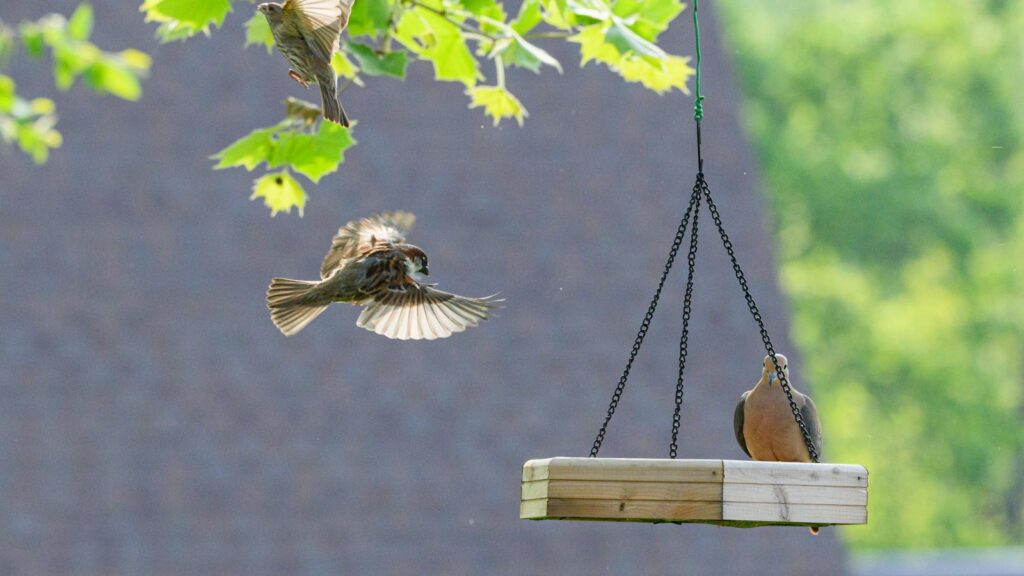
The platform feeder (sometimes called a tray feeder) represents the most versatile and accessible bird feeding solution available today. Unlike tube feeders, hoppers, or specialized designs, platform feeders feature a simple flat surface that accommodates virtually any type of food offering and attracts the broadest spectrum of bird species. Their open design mimics natural feeding conditions where birds might find seeds or insects on the ground or flat surfaces. Platform feeders can be mounted on poles, hung from branches, attached to deck railings, or even placed directly on the ground, making them adaptable to any backyard configuration. This versatility in placement and feeding options makes the platform feeder the single most essential feeder type for backyard bird enthusiasts.
Unmatched Visibility for Bird Watchers
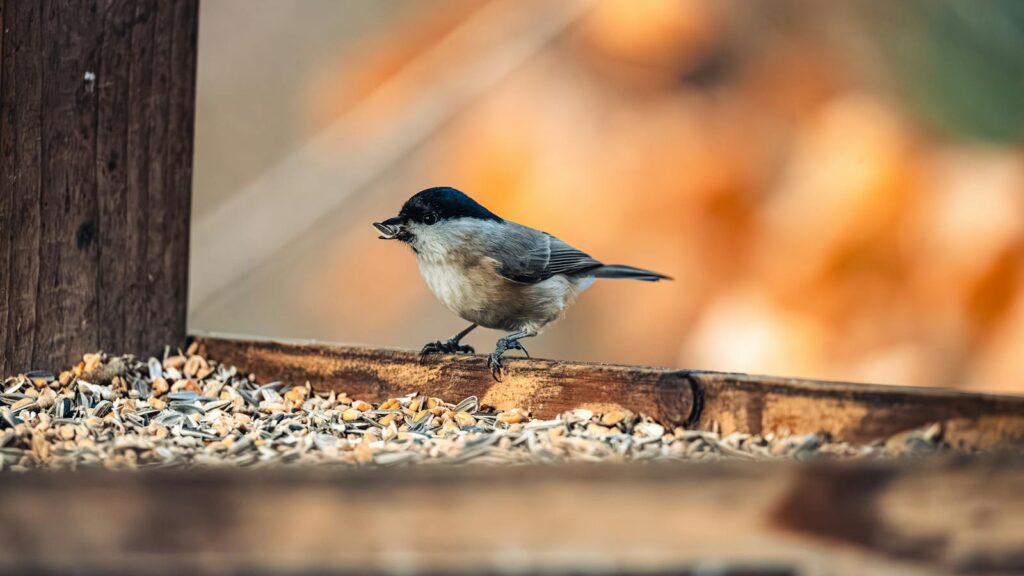
Platform feeders offer superior bird watching experiences compared to other feeder types. Their open design allows multiple birds to feed simultaneously, creating dynamic viewing opportunities as different species interact. Unlike tube feeders where birds might feed with their backs turned or partially obscured, platform feeders present birds in full view, making identification easier and more enjoyable for observers. This enhanced visibility is particularly valuable for photography enthusiasts who can capture clear, unobstructed images of feeding birds. For families introducing children to birdwatching, platform feeders provide engaging experiences where young observers can easily spot and appreciate avian visitors.
Accommodating Birds of All Sizes
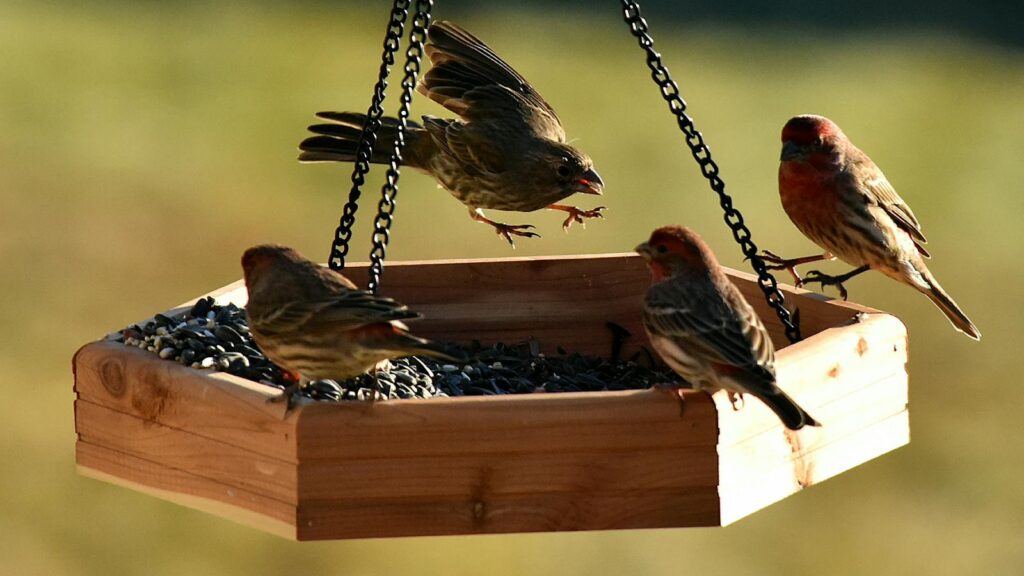
One significant advantage platform feeders hold over other designs is their accessibility to birds of various sizes. While tube feeders often limit access to smaller birds that can perch on tiny ports, platform feeders welcome everything from tiny chickadees to larger birds like cardinals, jays, and even ground-feeding mourning doves. Medium-sized birds like Northern cardinals and rose-breasted grosbeaks, which might struggle at smaller feeders, can comfortably access food on platforms. Even larger visitors like American robins might stop by for mealworms or fruit offerings. This inclusivity makes platform feeders the most democratic option, creating feeding opportunities for the full spectrum of backyard birds rather than just a select few species.
Versatility in Food Offerings
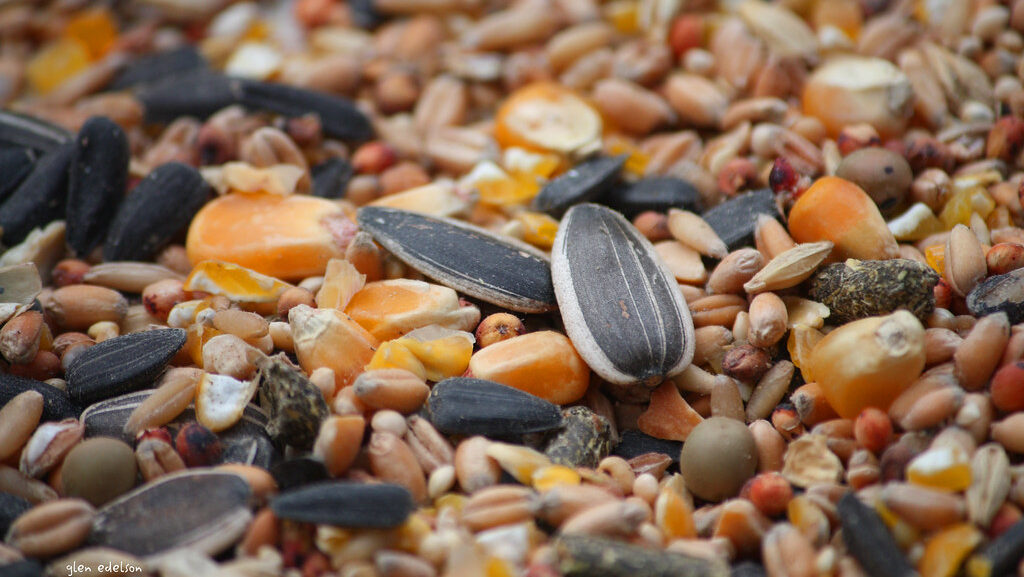
Platform feeders accept virtually any type of bird food, making them incredibly versatile compared to specialized feeders. They can accommodate mixed seed blends, straight black oil sunflower seeds, safflower seeds, peanuts, dried mealworms, fruit chunks, suet crumbles, and even kitchen scraps like chopped apples or berries. This food flexibility allows backyard enthusiasts to experiment with different offerings and discover which foods attract desired species. During migration seasons, platform feeders can be quickly adapted to offer high-energy foods for traveling birds, then switched to winter-appropriate offerings as seasons change. This adaptability makes platform feeders practical year-round solutions that can evolve with changing bird populations and seasonal needs.
Economic Advantages for Bird Enthusiasts
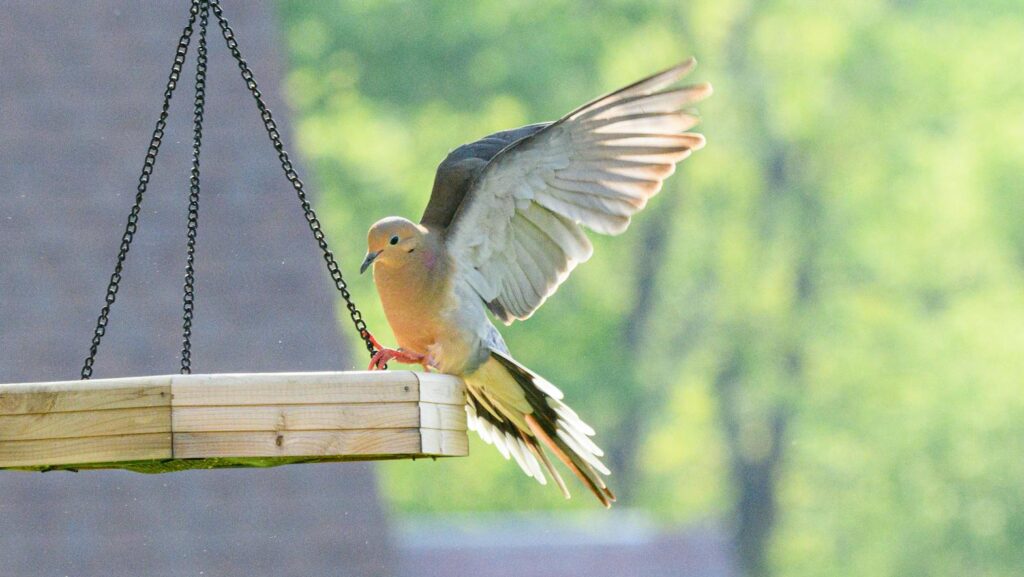
For those new to bird feeding or working with limited budgets, platform feeders represent the most economical starting point in the hobby. Their simple construction typically makes them less expensive than specialized feeders with complex mechanisms. Many platform feeders cost between $15-30, compared to quality tube feeders or squirrel-proof models that can exceed $50-100. The open design also eliminates mechanisms that might break or malfunction, resulting in fewer replacement costs over time. For those with DIY inclinations, platform feeders can be easily constructed from weather-resistant wood or recycled materials, further reducing costs. This affordability makes platform feeders an excellent entry point for beginning bird enthusiasts who might later expand to specialized feeding stations.
Supporting Ground-Feeding Species
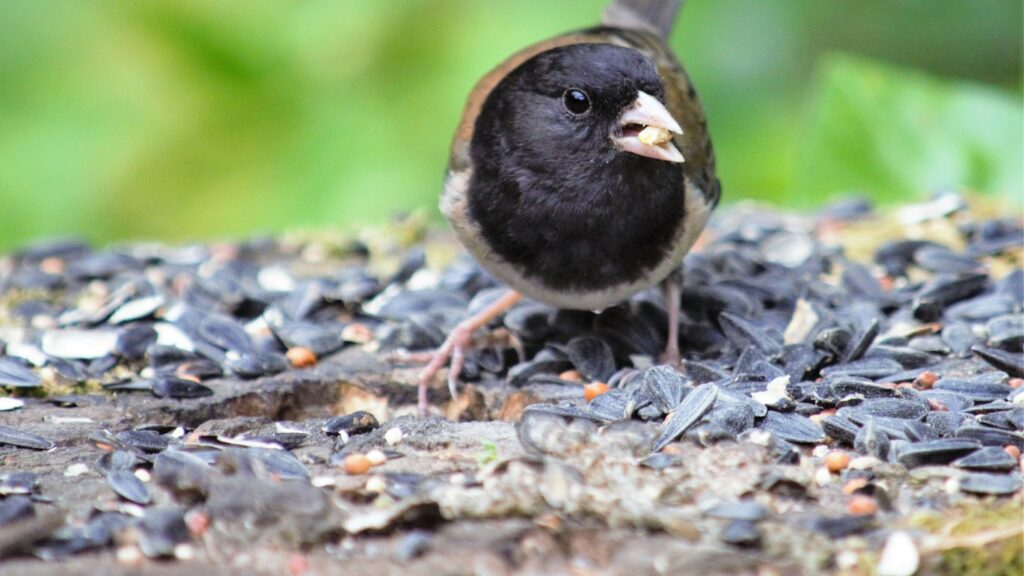
Many beloved backyard birds naturally feed on the ground but face increased predation risks when doing so. Species like Eastern towhees, dark-eyed juncos, white-throated sparrows, and mourning doves evolved as ground foragers but become vulnerable to cats and other predators when feeding at ground level. Platform feeders mounted on poles provide these ground-feeding specialists with raised, safer alternatives that satisfy their natural feeding preferences. The flat, open surface mimics ground conditions while elevating birds away from prowling predators. By accommodating these ground-feeding behaviors in safer positions, platform feeders help protect vulnerable species while allowing backyard enthusiasts to enjoy birds that might otherwise remain hidden in underbrush.
Easy Maintenance and Cleaning
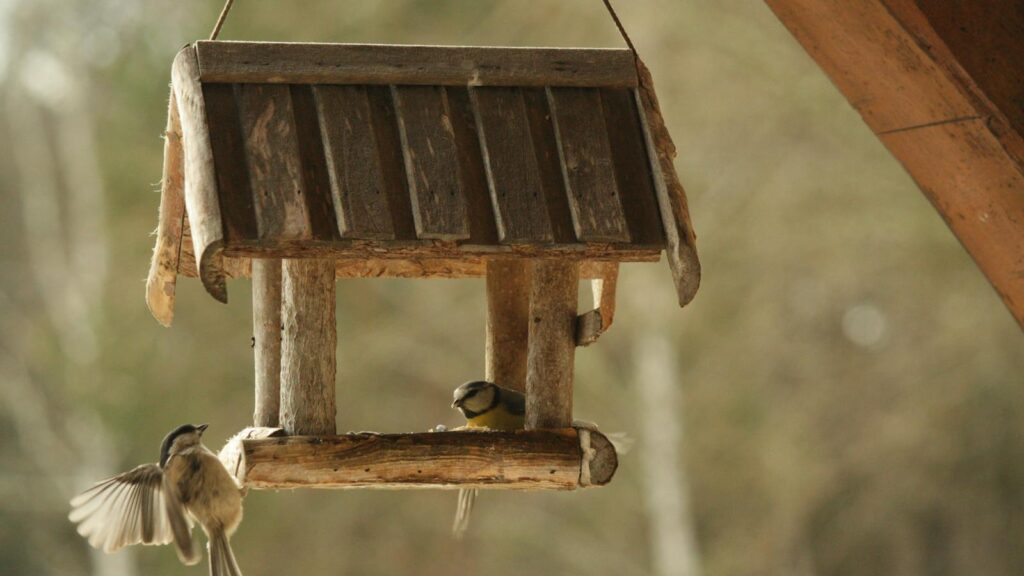
Platform feeders typically feature simple designs that make maintenance straightforward compared to feeders with complex internal mechanisms. Most quality platform models incorporate drainage holes that prevent water accumulation and seed spoilage during rainy periods. Their open construction allows for quick visual inspection to identify moldy seed or waste buildup that might harbor diseases. Cleaning requires minimal effort – simply brush off debris and occasionally wash with a mild bleach solution (1 part bleach to 9 parts water) to sanitize the feeding surface. This ease of maintenance promotes regular cleaning, which proves crucial for preventing the spread of avian diseases that can devastate backyard bird populations.
Weather Considerations and Adaptations
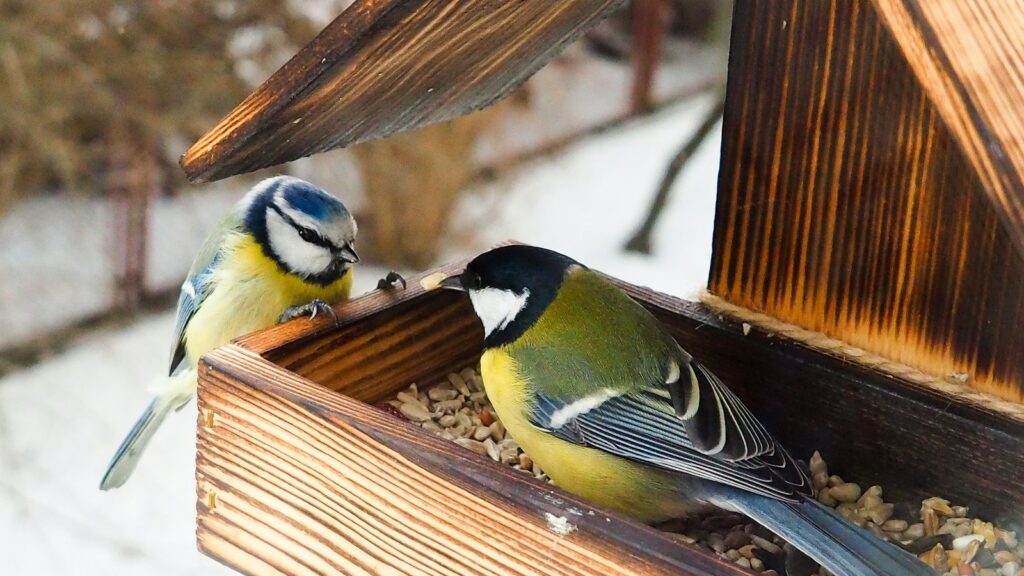
Modern platform feeders have evolved to address weather challenges that once limited their usefulness. Many contemporary designs feature removable mesh bottoms that provide excellent drainage during rainy periods while preventing seed from falling through. Some models incorporate overhanging roofs that shield seeds and feeding birds from precipitation while maintaining the open accessibility that makes platforms so attractive. Platform feeders with adjustable baffles can provide wind protection during gusty conditions, preventing seed waste. For snowy climates, raised platform feeders prevent food from becoming buried, maintaining accessibility during winter when natural food sources become scarce and birds need supplemental feeding most critically.
Attracting Uncommon and Seasonal Visitors
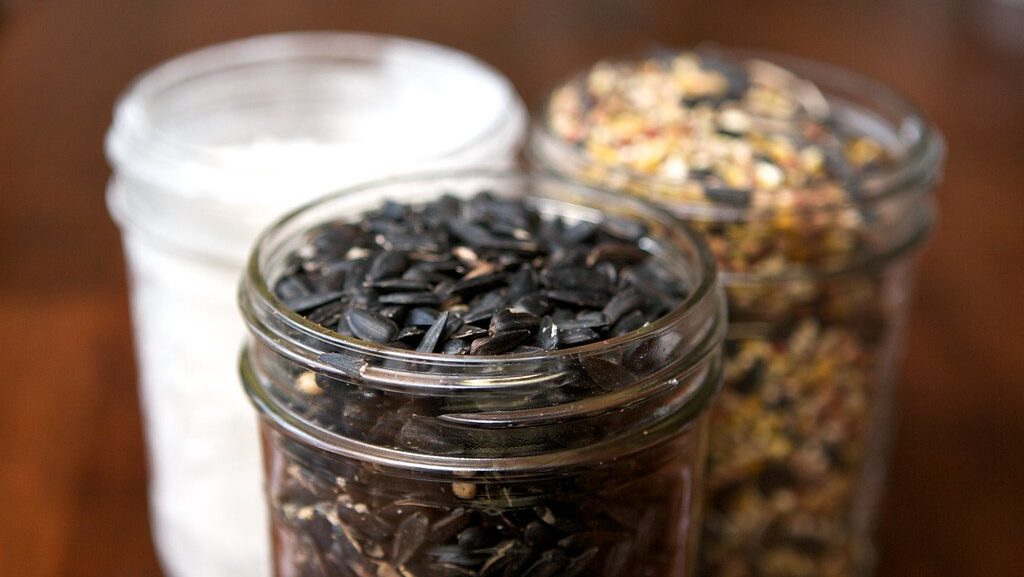
Platform feeders excel at attracting seasonal and uncommon species that specialized feeders might miss. During spring and fall migrations, exhausted travelers like rose-breasted grosbeaks, indigo buntings, or various warbler species might stop to refuel at accessible platform feeders stocked with high-energy offerings. Winter visitors such as pine siskins or redpolls readily discover and utilize platform feeders when conifer seed crops fail in northern forests. Even birds not typically associated with feeders, like cedar waxwings, might visit platform feeders provisioned with appropriate fruit offerings. This ability to accommodate dietary specialists and seasonal visitors makes platform feeders essential for backyard birders hoping to expand their yard lists beyond common year-round residents.
Squirrel Management Strategies
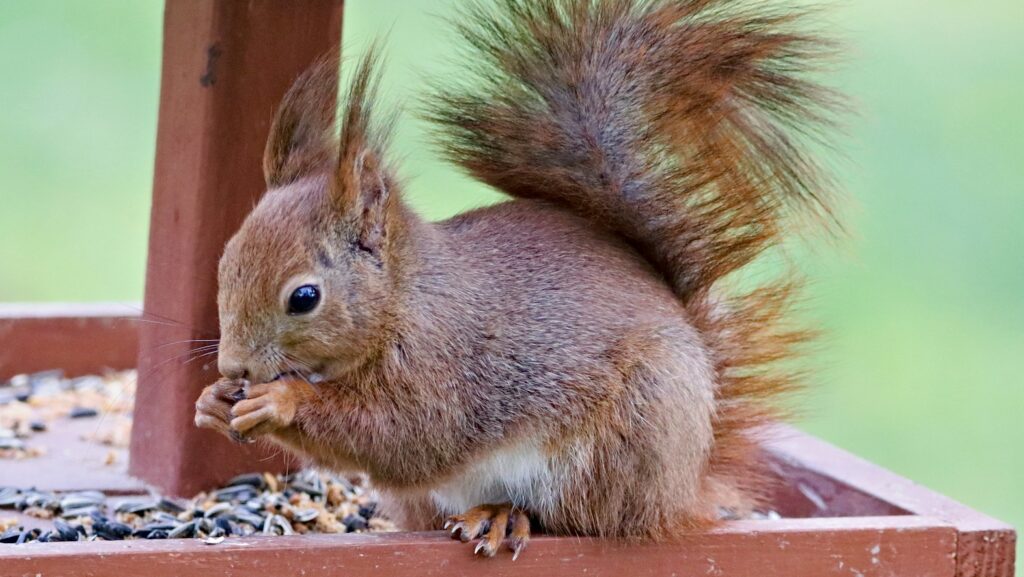
While platform feeders don’t inherently exclude squirrels, they can be adapted with various squirrel-deterrent strategies. Mounting platforms on poles with properly sized baffles positioned at appropriate heights creates effective squirrel barriers. Some platform models feature weight-sensitive mechanisms that close access when heavier squirrels attempt to feed while remaining open for lighter birds. Strategic placement away from jumping points like tree branches or structures reduces squirrel access. For those embracing the “if you can’t beat them, feed them” philosophy, separate ground-level platform feeders can be designated for squirrels with less expensive foods like corn or basic seed mixes, redirecting them from premium bird feeding stations.
Customization Options for Any Backyard
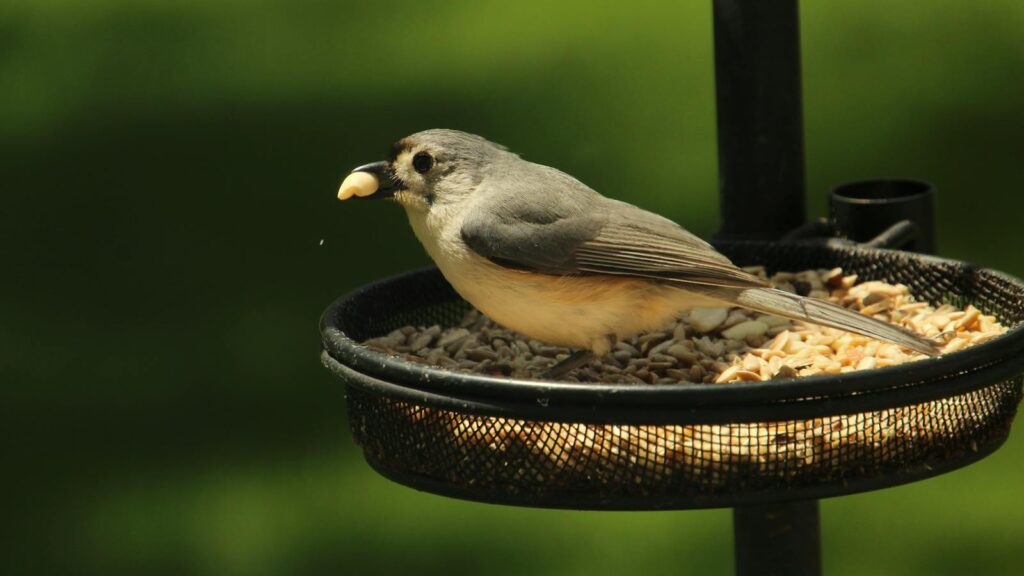
The platform feeder category encompasses incredible design diversity to suit any aesthetic preference or spatial constraint. Hanging platform feeders work well in yards with established trees but limited ground space. Deck-mounted platforms bring feeding activity close to viewing windows in urban or apartment settings. Pole-mounted platforms with adjustable heights accommodate various viewing angles and accessibility requirements. Decorative platform feeders featuring copper roofs, cedar construction, or artistic elements satisfy aesthetic preferences while maintaining functionality. Some enthusiasts create feeding stations with multiple platform levels at varying heights, accommodating different species’ preferences simultaneously. This adaptability to physical space constraints and design preferences makes platform feeders suitable for virtually any residential setting.
Creating a Complete Backyard Feeding System
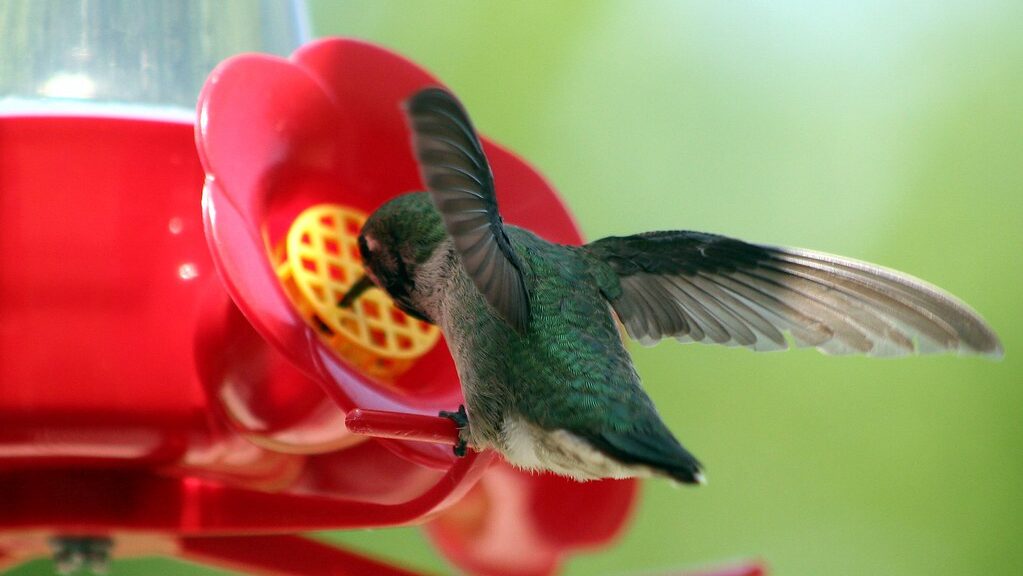
While platform feeders stand as the essential foundation of backyard bird feeding, they work most effectively as part of a thoughtfully designed feeding system. Complementing a primary platform feeder with specialized options like nectar feeders for hummingbirds, nyjer socks for finches, or suet cages for woodpeckers creates a comprehensive habitat supporting maximum diversity. Strategically placing feeders at varying heights caters to species with different comfort levels – platforms at 5-6 feet attract most songbirds, while ground-level platforms accommodate juncos and sparrows. Incorporating water features, native plantings, and shelter options alongside feeding stations transforms simple bird feeding into meaningful habitat creation. However, if limited to just one feeder type, the platform feeder unquestionably offers the greatest versatility and bird-attracting potential.
Conclusion
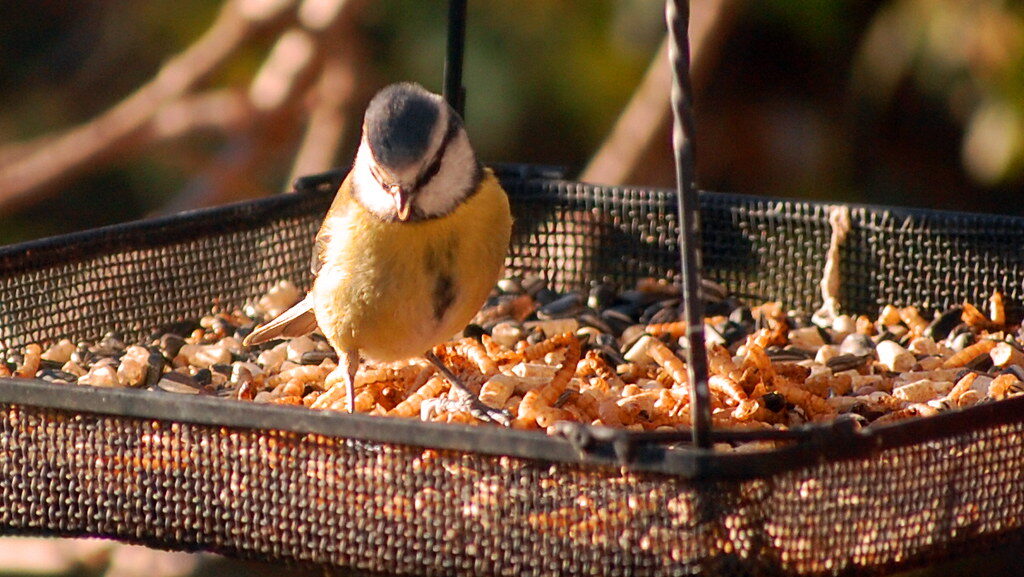
The humble platform feeder stands as the cornerstone of effective backyard bird feeding, offering unmatched versatility, accessibility, and viewing opportunities. Its simple design belies its sophisticated role in supporting biodiversity and creating meaningful connections between humans and wildlife. Whether you’re a beginning bird enthusiast or a seasoned backyard naturalist, the platform feeder deserves primary consideration in your habitat planning. By attracting the widest variety of species, accommodating diverse feeding behaviors, and adapting to changing seasons, platform feeders transform ordinary backyards into vibrant wildlife sanctuaries that sustain birds while providing endless enjoyment for those who feed them.
